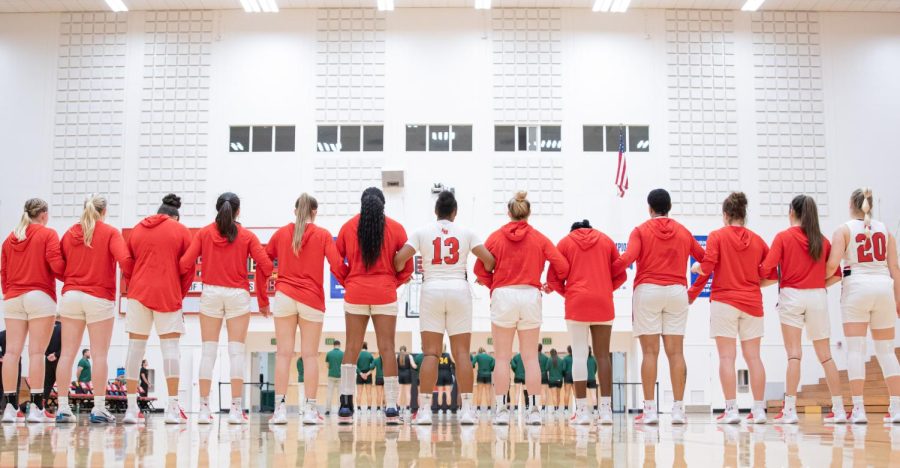A year has passed since the approval of San Francisco’s controversial Local Hire Ordinance, which seeks to bring jobs to the city’s residents to stimulate the local economy.
The law, proposed by San Francisco Supervisor John Avalos, mandates that San Francisco residents make up 20 percent of the workforce on city funded construction projects, which total $9.3 billion.
With each coming year, the mandatory resident participation level will increase by five percent until it reaches 50 percent in 2017.
While the staff of The Pioneer acknowledges the city’s attempts to improve its local economy, we also recognize that a large number of minorities may be negatively affected by this law in the future.
Hispanics make up over 66 percent of San Francisco’s construction workforce, although only 13 percent of the laborers reside in the city. The majority of Hispanic laborers commute from outside city limits, as they make up 22.5 percent of Alameda County’s population, nearly 27 percent of Santa Clara’s population and 24 percent of Contra Costa County’s population, according to data from the U.S. Census Bureau.
If the Local Hire Law must be implemented, it should be reevaluated every year to determine whether or not there is a definite need for a local participation level increase.
Making projections up to seven years in advance will more than likely damage a large minority population economically, although the need for the law may become minimal as unemployment levels continue to improve.
During 2008, which many financial experts consider the start of the Great Recession, San Francisco’s unemployment rate was at 4.6 percent, about 2 percent lower than the national average. The city’s unemployment rate peaked at 10 percent in 2010, the city’s highest unemployment rate on record, according to the U.S. Bureau of Labor Statistics.
Since then, the rate — currently lower than the national average — has slowly began to decrease as the nation makes its way out of the recession. Despite the improving unemployment rate, the city continues to plan nearly a decade in advance for a crisis that may never occur and in the process is racially excluding one of the largest demographics in California.
In the law’s first year, the city reached 34 percent local hiring on city-funded construction projects, only 15 percent less than the projected rate in 2017.
Surpassing the initial resident participation goal by 14 percent, San Francisco Mayor Ed Lee said he was pleased that the city’s efforts to improve job sustainability and overall economic improvement were successful.
“On the first anniversary of our historic Local Hire law, we are proving that we can rebuild our city’s infrastructure and ensure our public investments are creating local jobs for San Franciscans,” said Lee in a recent press release.
What Lee excluded to mention was the potential threat the ordinance could bring to members of the Bay Area’s Hispanic community, but Michael Theriault, secretary treasurer of the San Francisco Buidling Trades Council, realized how Hispanics could become victims under the labor law.
“This is something I’d predicted when they proposed the ordinance,” Theriault told The Bay Citizen. “The single largest component of our unionized workforce is non-resident Hispanic. It seemed clear the effect of this ordinance would be to exclude non-resident Hispanic workers.”
To what end does supporting the local economy trump social opportunity and racial equality?
In a city that prides itself on being the center of commerce and business in the Bay Area, as well as a hub for diversity, it almost seems hypocritical to disproportionately exclude one of the largest racial demographics in the Bay Area.










